I’ve been drawn to becoming more skilful with social media platforms over the past 2 years. Mainly because I enjoy my social interactions online, but also because it gives me a unique window into the world we live in.
So what do I mean when I say ‘unique window’? Well, we are living in an age that has been coined as ‘disruptive’. A world where harnessing digital technologies is now giving smaller companies the leverage they need to compete with much larger competitors. This phenomenon is best known as Digital Disruption. Smaller companies that displace larger and older companies is nothing new. But what is new, is that our technology is very adaptable, very agile, changes frequently but more importantly provides scale over people.
The most potent example of this is social media, which continues to be a key influencer on customer decision making and brand awareness.
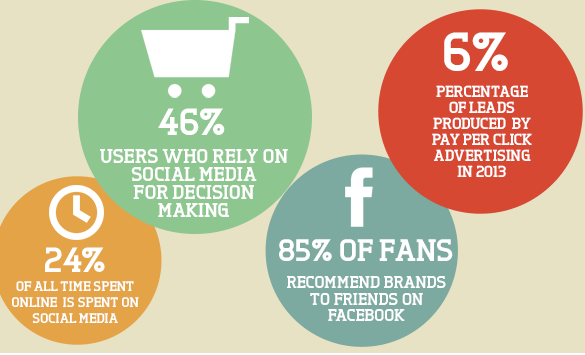
In the old days, if I were to start a small business, let’s say it is a martial arts school, I’d place a series of small adverts in the local paper. This would generate some initial interest and possibly generate 5 new members. I would augment this with a targeted flyer drop, let all my friends in the area know about the club and invite them to spread the word. If I’m lucky, after a few months of hard work I may have a class of 10 people. I then need to find a way of regularly signing up new members to scale my business.
This used to be achieved mainly through local paper placements and by ensuring I listed my business under ‘Martial Arts’ in the Yellow Pages. I found these to be most effective in helping growing numbers, coupled with word of mouth. The picture below, shows the Yellow Pages in action, prior to going online:
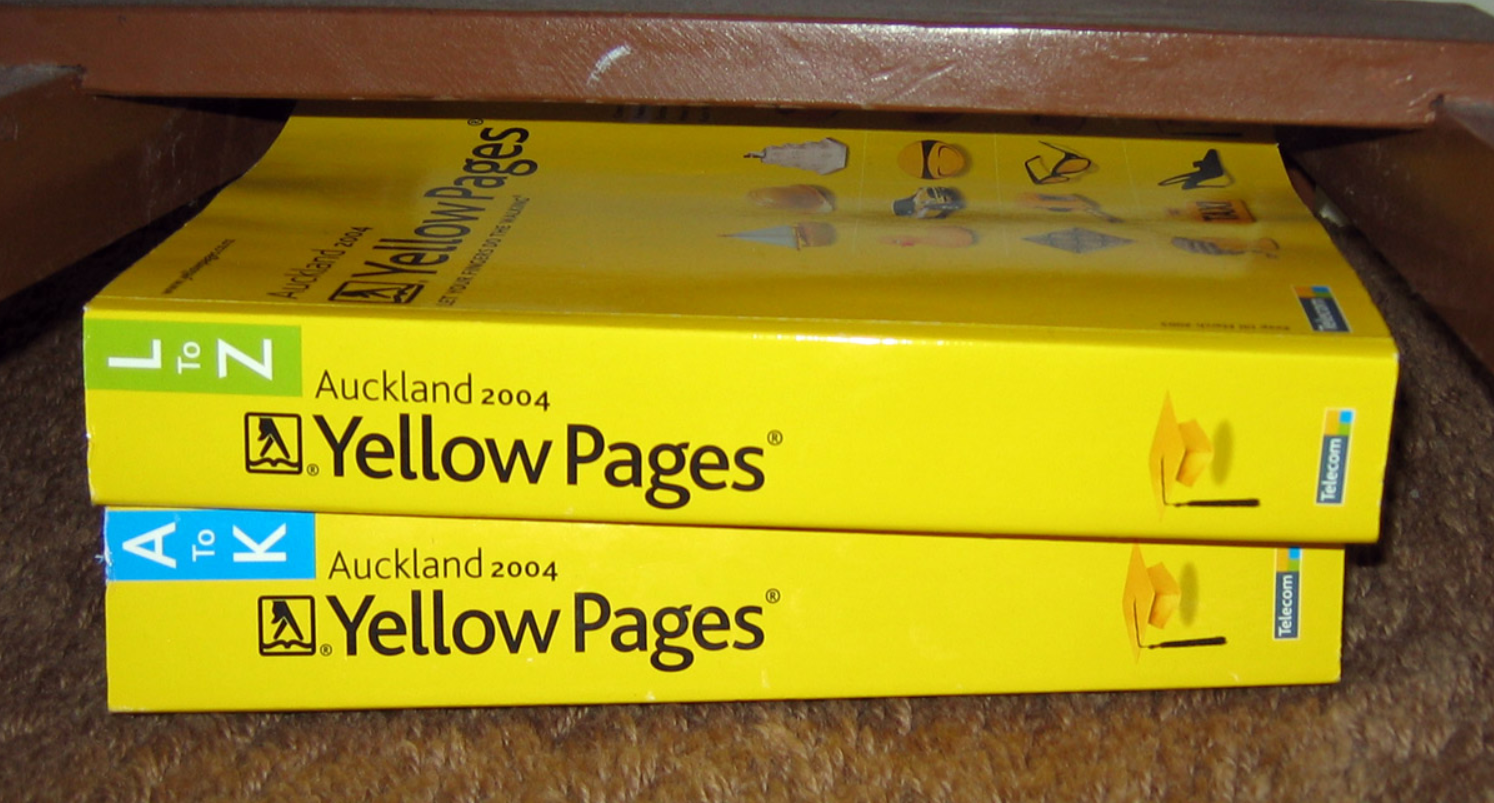
Today, things have changed dramatically. Yellow Pages as a big, thick directory, has been replaced with Google, which in turn needs to link to a website and content showing my martial arts prowess. I would also use Facebook to target my local people, as a replacement for the local newspaper and also ensure my profile is updated in LinkedIn. Twitter is a great platform for spreading my name across a global landscape, where I would also target locals. And then finally, I would need to target my established client base, through a series of newsletters sent via email, outlining the various activities they can do in the club. Things like competition days, gradings and special events or seminars.
But where is the next phase of social media marketing going….well I believe that social media platforms are already disrupting our traditional broadcasting channels. First it was print, illustrated by the Yellow Pages directory and the local newspapers, now it’s television, illustrated by the rise of Netflix and Amazon Prime. Tomorrow, social media platforms are becoming channelised and highly interactive, offering a replacement for traditional television stations. We see this with YouTube channels, Twitter Lists / Periscope Video broadcasts and of course Facebook Live. Just look at the growth of Amazon Prime in the US over the past few years:

“The 2017 Academy Aware ratings were the lowest in nine years at 32.9 million viewers, down 4.4 percent from last year. Even the Super Bowl didn’t break any records despite the fact that it had all of the makings of a ratings blockbuster.”
Source: https://www.adweek.com/digital/kurt-abrahamson-sharethis-guest-post-social-media-is-the-new-television/
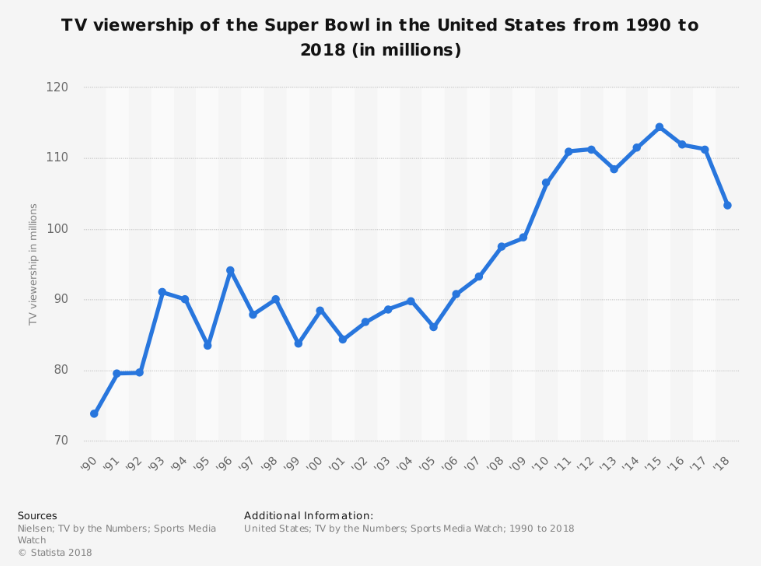
The business counter-action to this growing threat or disruption has been very slow…in fact it appears to have gone unnoticed by all the major television stations. Government channels such as SBS and ABC are ahead, in that they don’t have adverts placements, they continually invest in securing great content, particularly in the areas of current affairs, technology, news and documentaries. Freeview is one of the the most visual examples of how the Australian market has reacted to this disruption:
https://www.freeview.com.au/freeviewfv/

Whereas the commercial channels such as ten, seven and nine seem to be putting on more adverts, which last longer and help turn off their customers, who in turn switch to channels, such as Netflix with zero adverts for a small fee. I know…because I am one of them. Here is a great diagram that illustrates the comparative reach costs between traditional and social media channels. Remember this is reach, not actual engagement or lead generation, that’s a different story:
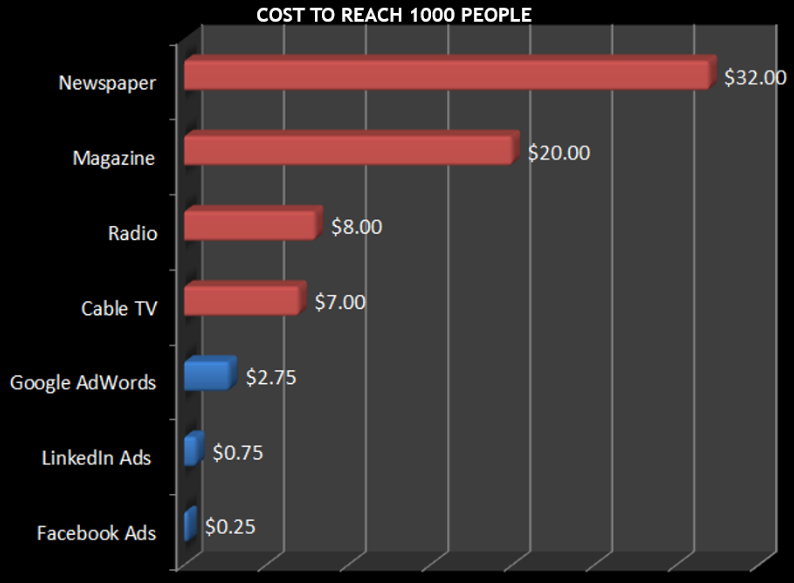
So what is the moral of this story…..well I’m seeing all these trends because of my use and consumption of social media. The mainstream television stations say little about the latest disruptive technologies, such as distributed ledgers (#Blockchain), Artificial Intelligence (#AI) and social media advertising. Instead I’m seeing this awareness and coverage expand across many social media players. Mainly because I can choose how I interact with the services, but also because I can filter the services in any way I wish.
It will be interesting see the first casualty in this disruptive war…any bets on which channel may go out of business first?
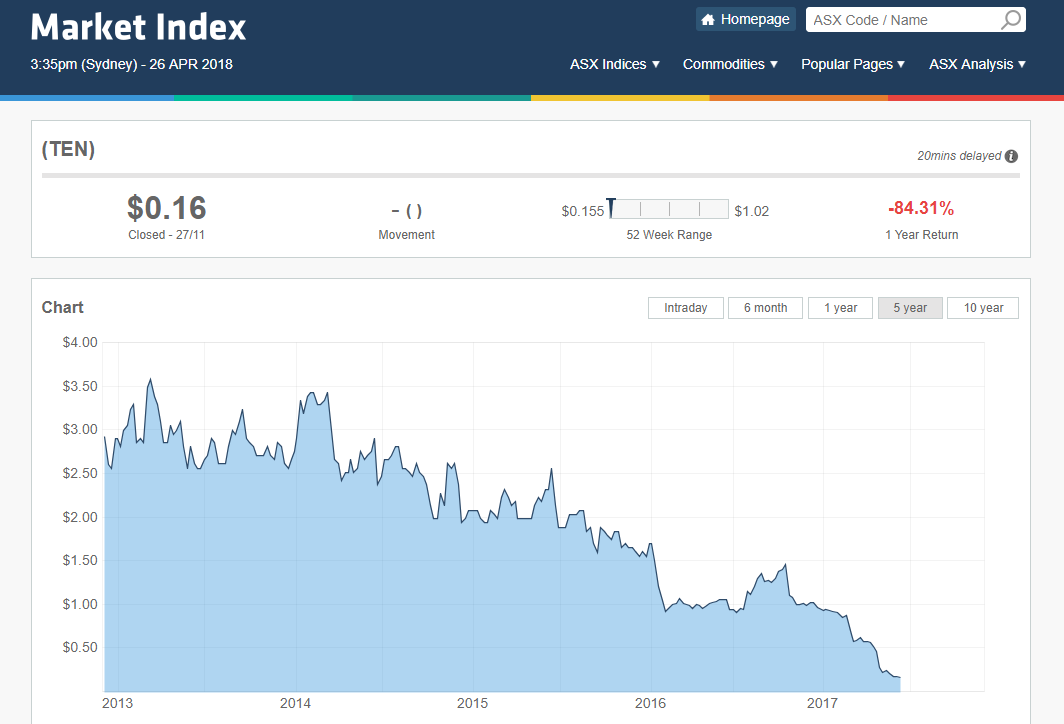
Australia’s TV ‘Channel 10’ share price over the past 5 years….

